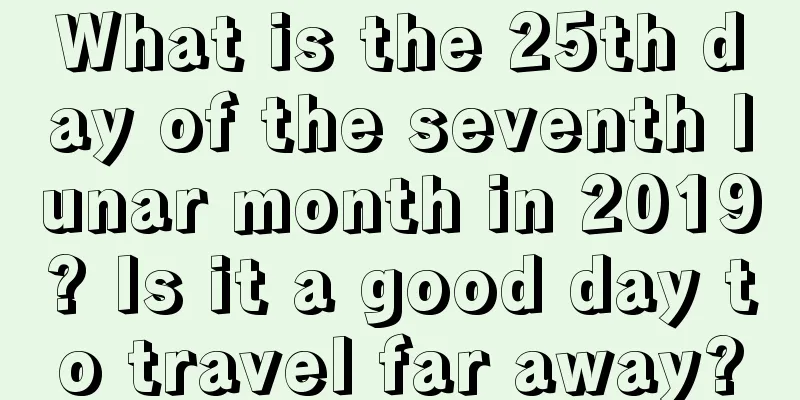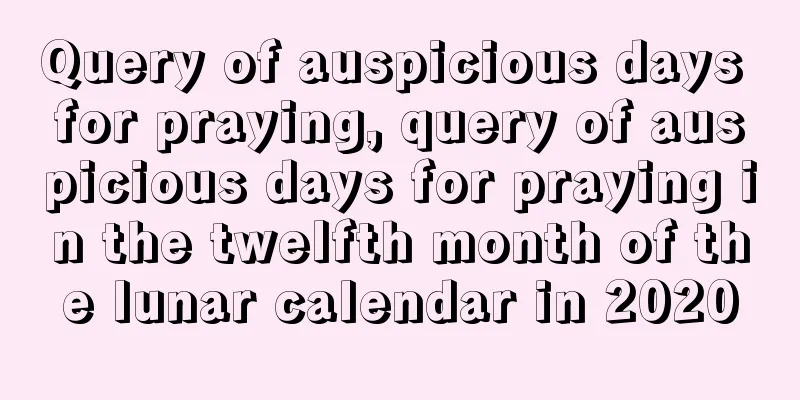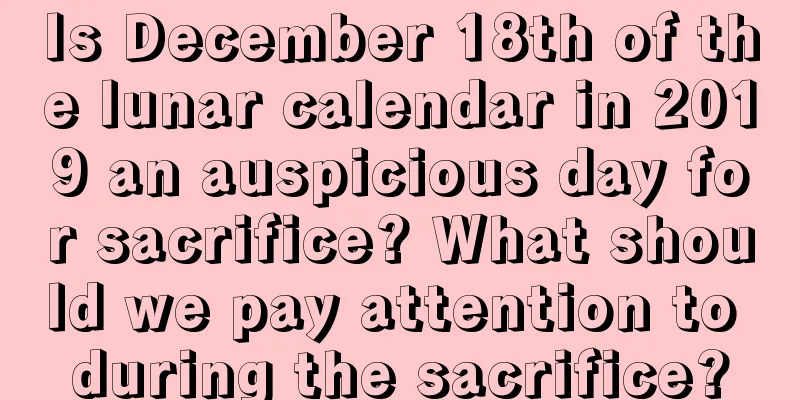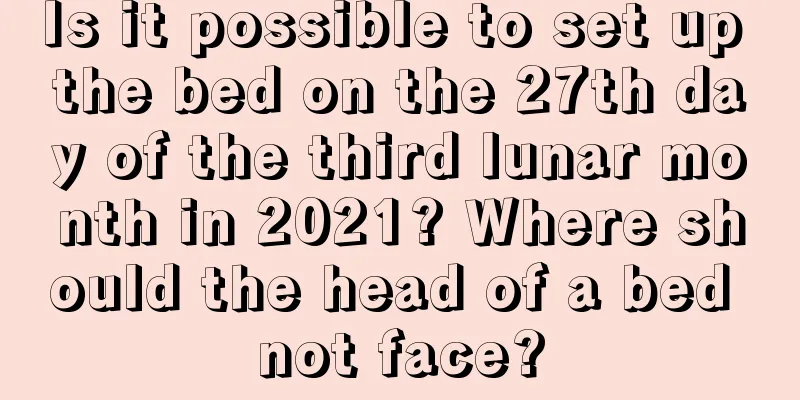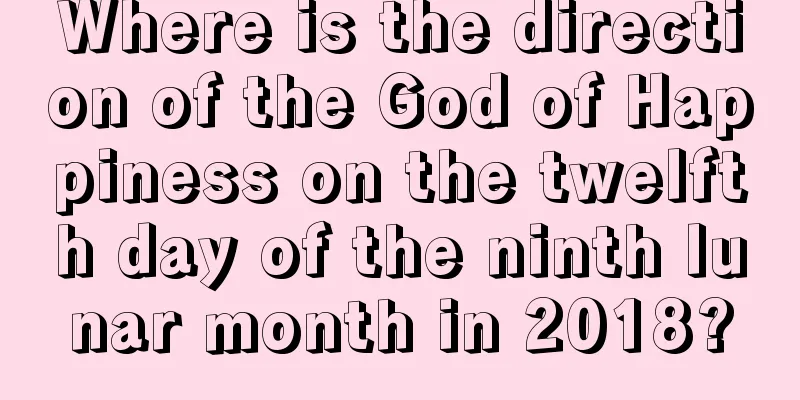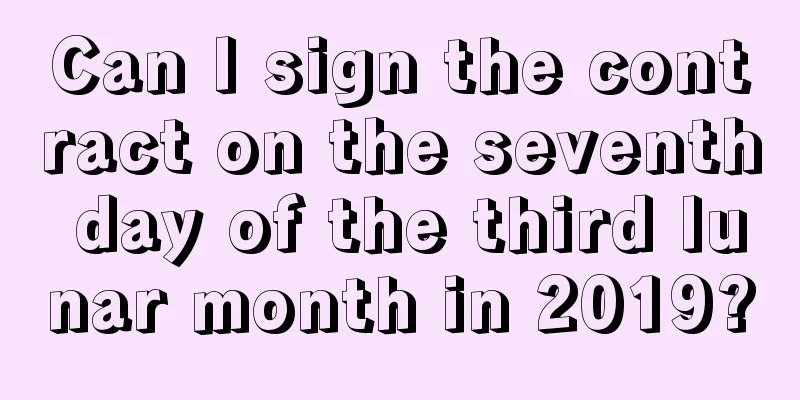Which countries celebrate Mid-Autumn Festival? What are the other names of Mid-Autumn Festival? What do we pray for during Mid-Autumn Festival?
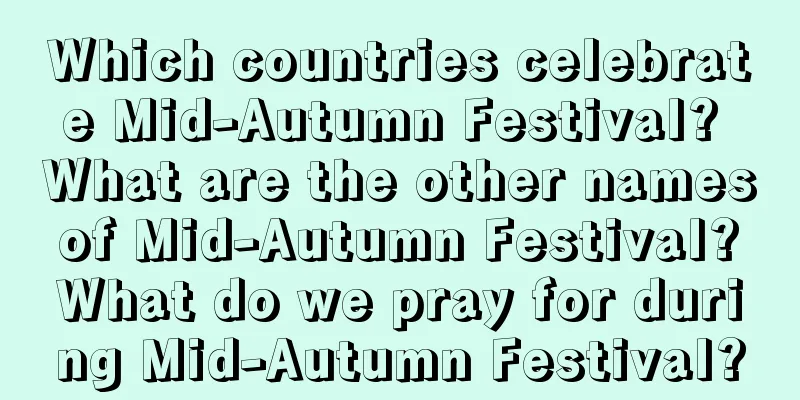
Introduction: It’s Mid-Autumn Festival again. Which countries celebrate Mid-Autumn Festival? What are the other names of Mid-Autumn Festival? What do we pray for during Mid-Autumn Festival? In the eighth month of the lunar calendar, the sky is high and the clouds are light, and the moon is clear in the cold pond; in the eighth month of the lunar calendar, the wind is clear and the air is refreshing, and the osmanthus fragrance is in the air; in the eighth month of the lunar calendar, the world is colorful and the harvest is abundant. Come to Shuimoxiansheng.com to learn more about the eighth month of the lunar calendar in 2020.Which countries celebrate Mid-Autumn Festival?The Mid-Autumn Festival is not unique to our country. Some Southeast Asian national days have been influenced by us and also celebrate the Mid-Autumn Festival. Of course, some of them are due to the trend started by our Chinese. The details are as follows:Japan <br /> The traditional Mid-Autumn Festival in Japan is called the 15th Night, also known as the Mid-Autumn Festival and the Taro Festival. Japanese people eat glutinous rice dumplings when appreciating the moon, which are called "moon-viewing dumplings". Since this period is the harvest season for various crops, the Japanese hold various celebrations to express their gratitude for the blessings of nature. Japanese people also appreciate the moon, which is called "moon viewing". Moon-viewing dumplings, silver grass, taro, etc. are displayed in the house. Singapore <br /> Singapore is a country where the Chinese make up the majority of the population and they always attach great importance to the annual Mid-Autumn Festival. For the Chinese in Singapore, the Mid-Autumn Festival is a godsend opportunity to reconnect with others and express gratitude. Friends, relatives and business partners give mooncakes to each other to express greetings and wishes. Korean Peninsula <br /> In Korean, it is called "추석 (Chuseok)", "중추절 (Mid-Autumn Festival)", "가배 (Gahae)", "중추 (Mid-Autumn)", "가배일 (Gahae Day)", and "중추가절 (Mid-Autumn Festival)". It is a day to sweep tombs and offer sacrifices to ancestors with newly harvested grains and fruits. Returning to hometown to visit relatives and giving gifts to friends and relatives is also a custom during the Mid-Autumn Festival. Therefore, the Mid-Autumn Festival on the Korean Peninsula is also called "Korean Thanksgiving Day" in English. Vietnam <br /> Mid-Autumn Festival is also a festival for Vietnamese children. That night, the children listened to the legend of Agui, watched lion dancing, and some even asked their fathers to buy them a lion for dancing and played with their friends. Vietnamese children carry carp lanterns when going out to play on Mid-Autumn Night, which also indicates that they will be able to "jump over the dragon gate" when they grow up. Malaysia, Philippines <br /> Eating moon cakes, appreciating the moon, and parading with lanterns are Mid-Autumn Festival customs passed down from generation to generation by the Chinese in Malaysia. As the Mid-Autumn Festival approaches, time-honored businesses across Malaysia have launched a variety of mooncakes. There are mooncake counters in all major shopping malls in the capital city of Kuala Lumpur, and mooncake advertisements are everywhere in newspapers and on television, creating a festive atmosphere for the Mid-Autumn Festival. Chinese communities in some parts of Kuala Lumpur are currently holding lantern parades to celebrate the Mid-Autumn Festival. In addition to dragon and lion dances, floats carrying "Chang'e" and "Seven Fairies" roam around, and artists and young people in brightly dressed costumes sing and dance. The Mid-Autumn Festival is a traditional festival that is highly valued by overseas Chinese living in the Philippines. Chinatown in Manila, the capital of the Philippines, is bustling with activity as local Chinese hold events to celebrate the Mid-Autumn Festival. The main commercial streets in the overseas Chinese communities are decorated with lights and colorful banners are hung at major intersections and on the small bridges leading into Chinatown. Many shops sell a variety of homemade or imported mooncakes. Mid-Autumn Festival celebrations include dragon dance parades, national costume parades, lantern parades and float parades. Other names for Mid-Autumn FestivalOther names for the Mid-Autumn Festival are: "Moon Festival", "Moon Worship Festival", "August Festival", "Mid-August Festival", "Moon Festival", "Reunion Festival", "Daughter's Festival", "Moonlight Festival", "Fruit Festival", "Pumpkin Festival", "Young Man's Festival", and "Standing Moon".According to the Chinese calendar, the eighth month of the lunar calendar is in the middle of autumn and is the second month of autumn, called "Mid-Autumn". The fifteenth day of the eighth month is in the middle of "Mid-Autumn", so it is called "Mid-Autumn Festival". The Mid-Autumn Festival has many nicknames: In ancient times, there was an activity of worshiping the moon on the autumnal equinox, so it was called "Moon Eve" or "Moon Festival". Because the festival falls on August 15th, it is called the "August Festival" or "Mid-August"; because the main activities of the Mid-Autumn Festival revolve around the "moon", it is also commonly known as the "Moon Festival"; the moon on Mid-Autumn Festival is full, symbolizing reunion, so it is also called the "Reunion Festival." The moon is full during the Mid-Autumn Festival, and families get together and married daughters return home for reunions, so it is also called the "Reunion Festival" and the "Daughter's Day". In the Cantonese area, the Mid-Autumn Festival is commonly known as the "Moonlight Festival". In mid-autumn, various fruits and vegetables ripen and are available on the market, so it is called the "Fruit Festival". The Dong people call it the "Pumpkin Festival", the Mulao people call it the "Young Man's Festival", etc. The Mid-Autumn Festival is also known as the "Duan Zheng Yue". The earliest record of the "Reunion Festival" can be found in literary works of the Ming Dynasty. "Xihu Youlan Zhiyu" said: "The 15th day of the eighth month is called Mid-Autumn Festival. People give each other mooncakes to symbolize reunion." It is also said in "A Brief Account of Scenery of the Imperial Capital": "On the fifteenth day of the eighth month, people worship the moon. The moon cakes must be round, the melons must be cut in pieces with teeth-like shapes, and the petals must be carved like lotus flowers. ... If a wife has returned to her parents' home, she must go back to her husband's home on this day. It is called the Reunion Festival." What do we pray for during the Mid-Autumn Festival?One of the customs of the Mid-Autumn Festival is moon worship, and moon worship is actually people's prayer for family reunion and good wishes for life.Moon worship is a very old custom in our country. It is actually an activity of worship for the "Moon God" by the ancients. In ancient times, there was a custom of "watching the moon in the evening of autumn". Xiyue means worshiping the moon god. Since ancient times, in some parts of Guangdong, people have the custom of worshiping the Moon Goddess (worshiping the Moon Lady, worshiping the moonlight) on the night of the Mid-Autumn Festival. People worship the moon and set up a large incense table, placing moon cakes, watermelons, apples, red dates, plums, grapes and other offerings on it. Under the moon, the "Moon God" tablet is placed in the direction of the moon, red candles are lit, and the whole family worships the moon in turn, praying for blessings. Offering sacrifices to the moon and appreciating the moon, as well as remembering the past with the moon, express people's good wishes. As one of the important ceremonies of the Mid-Autumn Festival, moon worship has been passed down from ancient times to the present day, and has gradually evolved into a folk activity of appreciating and praising the moon. It has also become the main form of modern people's desire for reunion and expressing their good wishes for life. The eight characters can be used to calculate when your marriage will begin and the depth of your past life love in this life. Please click on the "Excellent Calculation" below to make predictions in advance. I wish you find your soulmate soon! |
<<: How about the baby rats born in the Cold Dew season of 2020?
Recommend
Analysis of the personality and destiny of girls born on the second day of the fifth lunar month in 2022
The fifth month of the lunar calendar is summer. W...
What is the date and day of September 11th in the lunar calendar in 2019?
Is September 11th, 2019, a good day in the lunar ...
Is the Great Heat suitable for traveling on July 23, 2019? Will it still be hot after the Great Heat?
Introduction: In our country’s tradition, people u...
Is it good to raise the beam on December 21st, the day before the beginning of spring in 2020? What does "Yaochun" mean?
Introduction: Generally speaking, an auspicious da...
What is the dog days of summer in 2021? Is it the last dog days? Which solar term in autumn is Chushu?
The eagle is the sacrificial bird, and heaven and ...
Is the 23rd day of the first lunar month in 2022 a suitable date for engagement? What is the process of engagement?
The first month of the lunar calendar has arrived,...
The 24th day of the twelfth lunar month in 2017 is a good day in the lunar calendar?
In the special topic of December in the lunar cal...
When is the Jingzhe solar term? What does Jingzhe mean?
Speaking of Jingzhe among the 24 solar terms, I be...
Is it good to decorate on the eighth day of the twelfth lunar month in 2020? Description of poems about the Great Cold
Introduction: Generally, it is necessary to choose...
Is April 20th of the lunar calendar in 2019 an auspicious day for relocating graves? What Feng Shui should be taken into consideration when relocating graves?
Introduction: In our country’s tradition, an auspi...
Is it hotter during the Beginning of Heat or the Greater Heat? Is the day good before the Beginning of Heat in 2020?
Introduction: Chushu is the solar term entering au...
Analysis of the God of Wealth's position on the 17th day of the seventh lunar month in 2020
Analysis of the position of the God of Wealth on ...
Should you set up the bed first or move into the house first? Is it okay to set up the bed the day before moving?
The bed is an indispensable and intimate companion...
Is it okay to get married one day after the beginning of summer in 2019? What taboos should be paid attention to when getting married?
Introduction: Getting married is an important even...
How are people born on March 3, 2018?
The birth of a child is a big event for parents. I...


